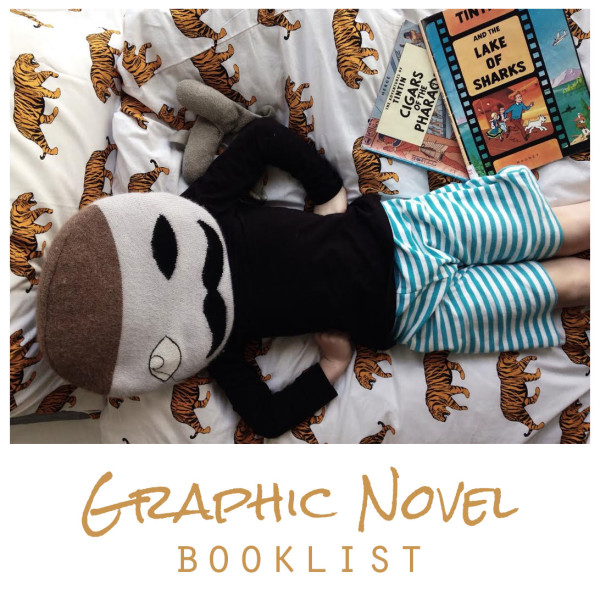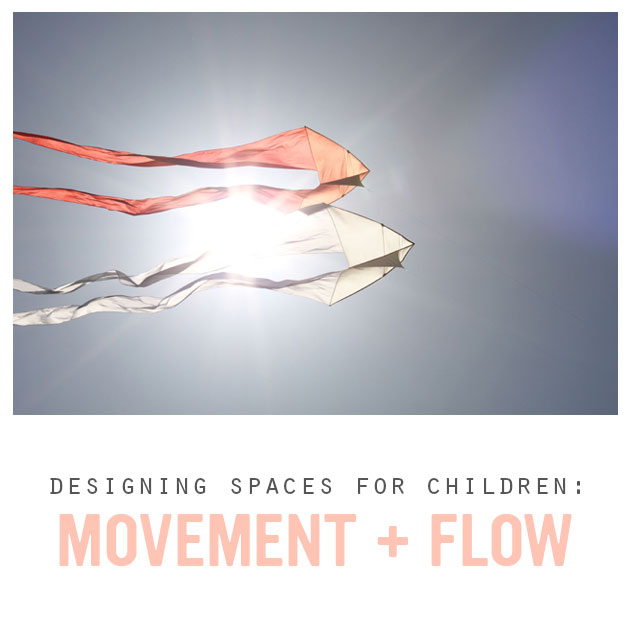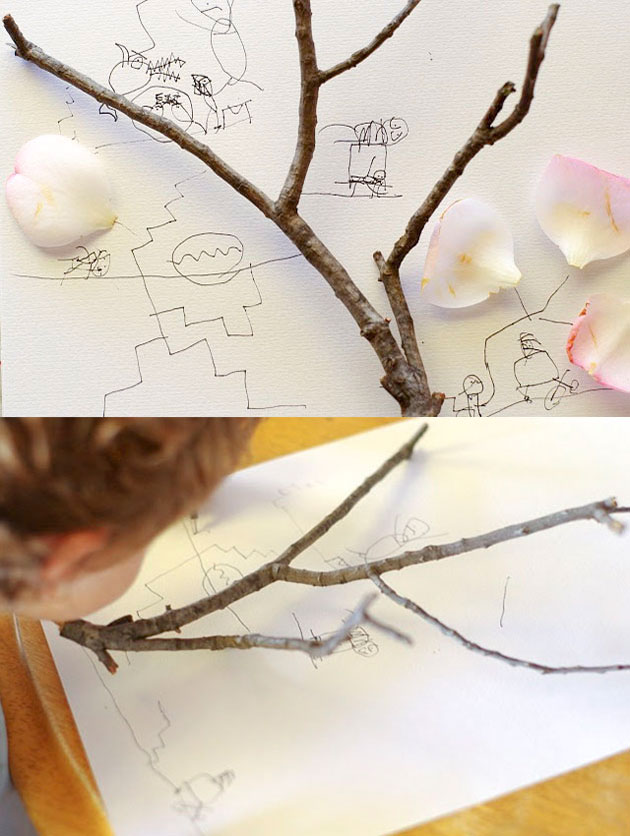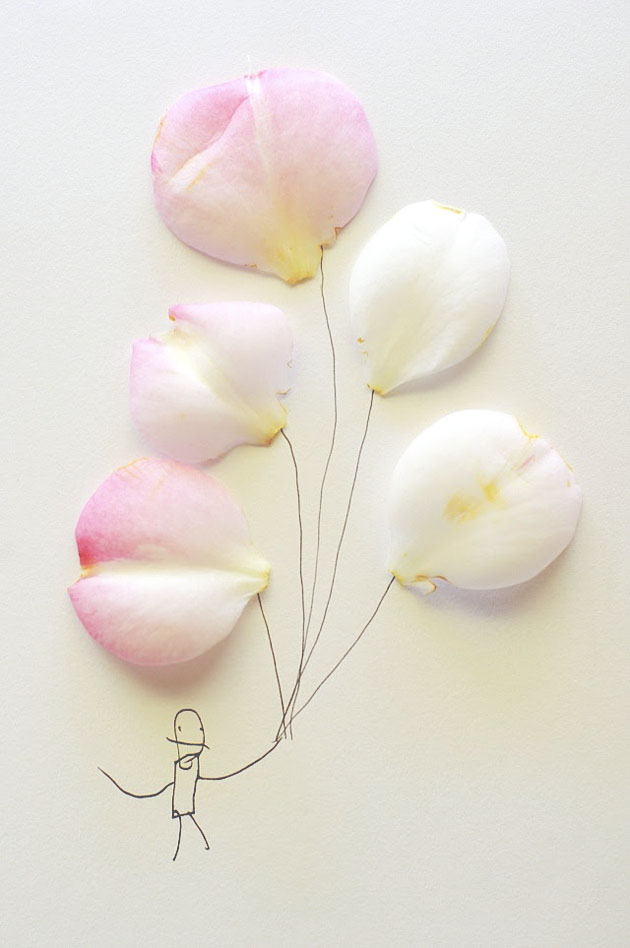Picture Book Projects: Extra Yarn
Randi from Swoon is with us today to share a fun project to compliment the inspiring book, Extra Yarn by Mac Barnett.
Being displaced and living with family this summer has made doing activities with my children especially difficult. This week they reminded me that the best projects don’t have to require a lot of skill, time, or materials and preparations.
While reading one of our favorite picture books, Extra Yarn by Mac Barnett, my daughters expressed an interest in making something with yarn. They love this story of a young girl with a generous heart who fills her village with color. If you haven’t read this book, look for it on your next trip to the library. You’re in for a real treat!

We chose to make God’s Eyes as a simple introduction to working with yarn. We gathered up some sturdy sticks, a pair of scissors, and some yarn. We were also able to invite a friend over to share in the fun, which was a lot of fun!

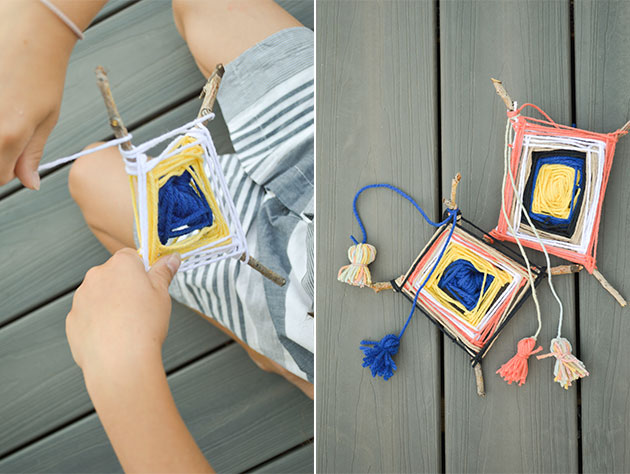
Want to make a few of your own? Start with two sticks, roughly the same size.

1. Lay two sticks across one another, forming a cross. Take the end of a piece of yarn (approx. two feet long) and tie it around the middle, fastening the sticks together. Wrap yarn diagonally across the middle of the sticks a few times in each direction to secure. Do this until you cover the middle completely. Don’t clip the end, as this will become your working string.

2. Working counter-clockwise, wrap the end of yarn over a single stick. As you pull the yarn up and around, bring it directly over the top of the next stick, pulling tightly and turning cross as you go. Continue around and around until you have about two inches left of yarn.
3. Attach another color by tying a new piece of string to the working string and trimming the ends. Continue working your way around.
When you’ve added all the colors and rows you want, it’s time to finish. If you have glue, you can glue the end of your yarn to the back of your design. Or, you can tie it to the strings in the back, like we did. We also added some fun tassels to ours after they were done, as well as tying on a small loop of yarn for hanging.
I hope this week you are able to get down on the floor with your kids and do something creative, perhaps inspired by a favorite book, or just your wild imaginations!












